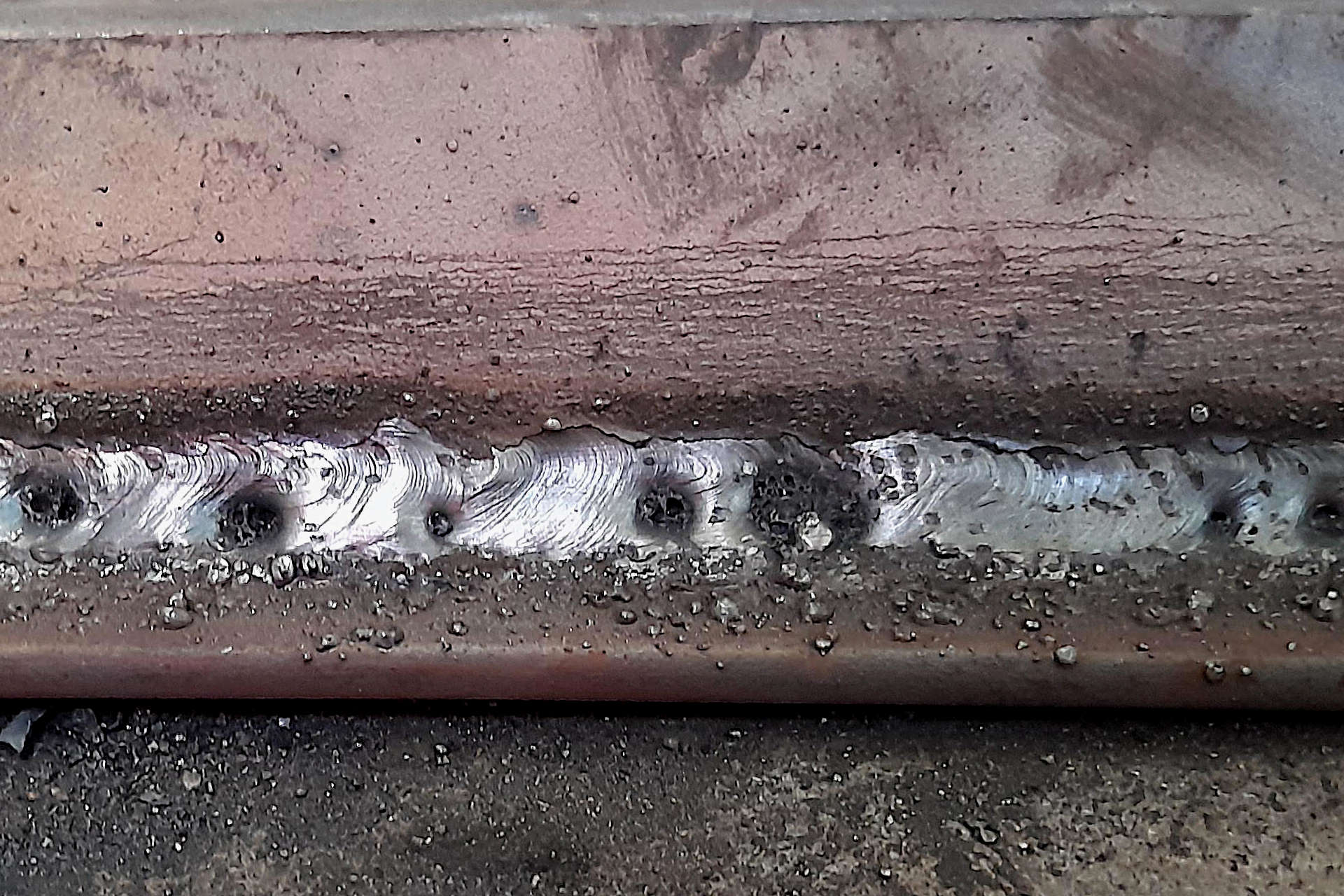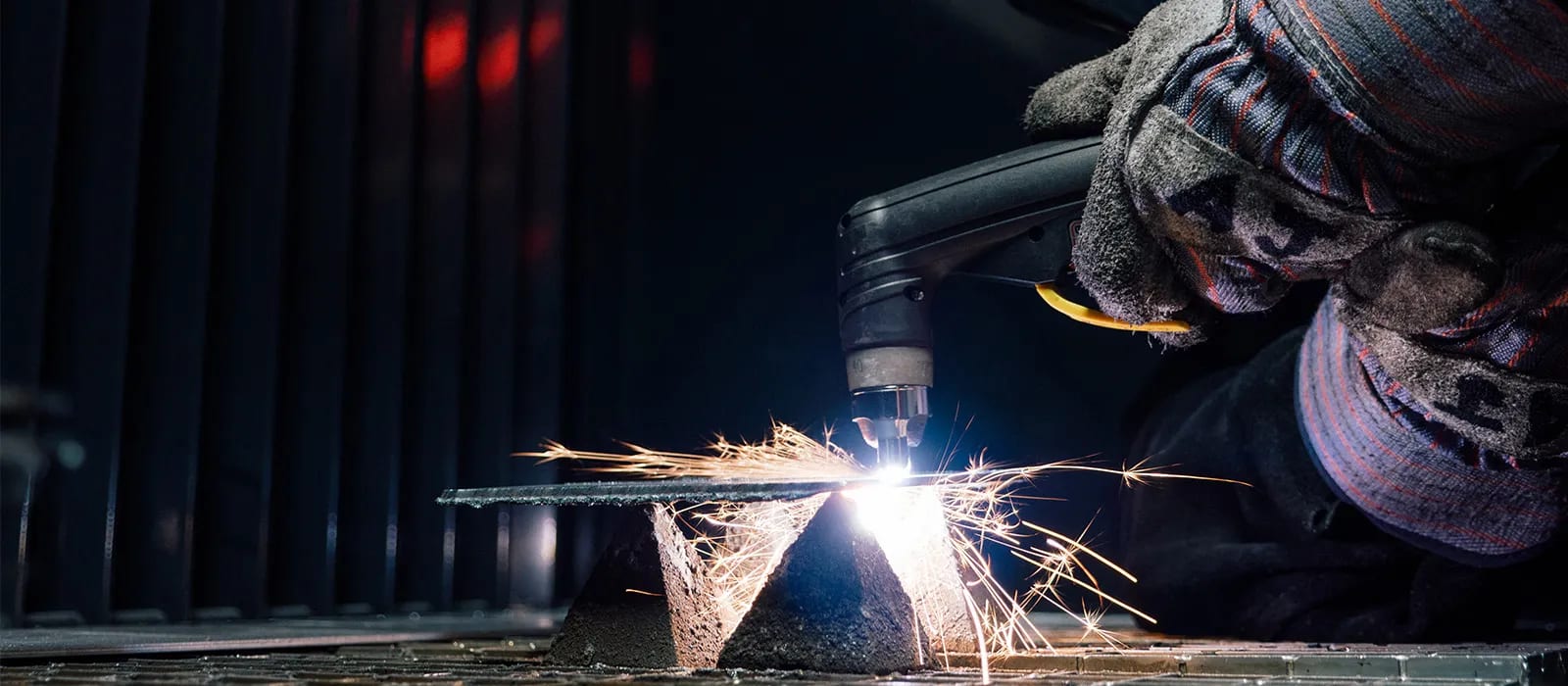Preventing Weld Undercut Demystified: Strategies for Success
Preventing Weld Undercut Demystified: Strategies for Success
Blog Article
A Comprehensive Overview to Identifying, Fighting, and Mending Undercut Welding Troubles in Your Welding Jobs
In the realm of welding, experiencing undercut problems is a typical challenge that can jeopardize the structural integrity and total quality of your welding tasks. Recognizing the origin behind undercut welding, being able to accurately identify it in your welds, and applying efficient preventative steps are critical abilities for any type of welder. Furthermore, having the expertise and methods to correct undercut troubles when they do take place can make a substantial difference in the last end result of your welding undertakings. Keep tuned as we check out the crucial parts of determining, preventing, and repairing undercut welding issues, supplying you with useful understandings and methods to elevate your welding skills to the next level.
Usual Causes of Undercut Welding
Undercut welding, a typical issue in welding processes, can be brought on by different factors that require to be very carefully determined and resolved to guarantee the integrity of the weld joint. Among the key causes of undercut welding is excessive warm input. When the welding parameters, such as voltage, current, or take a trip rate, are not appropriately established, an excessive amount of warm can be created. This excess heat causes the melting and succeeding removal of the base material along the sides of the weld joint, developing a groove referred to as undercut.
Another common reason for undercut welding is inappropriate welding strategy. Poor control of the soldering iron or weapon, inaccurate angle or distance in between the work surface and the torch, or irregular travel speed can all add to the development of undercut. In addition, making use of the wrong welding consumables or electrode dimension for a particular joint arrangement can cause undercut issues. Determining these source and carrying out rehabilitative steps is crucial in preventing and rectifying undercut welding issues in welding tasks.
Identifying Undercut in Welds

To determine undercut properly, correct illumination and zoom tools are important to inspect the weld joint thoroughly. Using tools such as a welding scale or a magnifying glass can assist in identifying also the smallest undercut flaws. Additionally, running a finger or a fingernail along the weld joint can often disclose undercut, as the surface area may really feel uneven or have a dip where the undercut exists.
Precautionary Steps for Undercut
Having a deep understanding of the reasons of undercut in welds allows for the application of efficient preventative measures to maintain weld go right here high quality and honesty. These settings ought to be optimized to stop extreme warmth input, which can lead to undercut development.

Strategies for Dealing With Undercut

Raising the welding present or reducing the travel rate can aid fill up in the undercut. Additionally, transforming the welding technique from a press to a drag or vice versa can likewise aid lessen undercut.
One more technique is to use a weaving activity while welding to ensure appropriate sidewall combination and fill in the undercut. By oscillating the welding arc back and forth within the weld joint, the welder can deposit extra filler material into the undercut areas, effectively removing the issue.
In addition, grinding out the undercut and rewelding the joint can be a sensible solution for more serious undercut problems - Preventing weld undercut. This process involves official statement removing the undercut area, preparing the base metal, and then rewelding the joint with correct welding criteria and strategies to stop undercut from returning

Expert Tips for Preventing Undercut
Utilizing correct welding strategies and maintaining control over key welding specifications are crucial approaches for welders intending to protect against undercut in their weld joints. In addition, selecting the ideal welding process and filler steel for the details application can assist protect against undercut. Maintaining a constant traveling rate throughout the welding procedure is an additional important suggestion to prevent undercut.
Conclusion
Finally, recognizing, avoiding, and repairing undercut welding troubles in your welding projects is critical for guaranteeing strong and durable welds. Preventing weld undercut. By comprehending the common root causes of undercut, having the ability to determine it in welds, applying precautionary steps, and making use of appropriate strategies for repairing undercut, you can prevent prospective issues and create high-quality welds. Adhering to professional pointers for staying clear of undercut can assist you enhance your welding abilities and create much better lead to your projects
Undercut welding, an usual problem in welding processes, can be created by numerous factors that need to be very carefully determined and resolved to make sure the honesty of the weld joint. Additionally, running a finger or a finger nail along the weld joint can occasionally reveal undercut, as the surface might really feel uneven or have a dip where the undercut exists.
Using appropriate welding methods and preserving control over crucial welding specifications are vital methods for welders intending to stop undercut in their weld joints.In final thought, look at these guys recognizing, stopping, and taking care of undercut welding problems in your welding tasks is important for ensuring solid and resilient welds. By understanding the usual causes of undercut, being able to determine it in welds, carrying out preventive actions, and utilizing proper strategies for dealing with undercut, you can stay clear of potential concerns and produce premium welds.
Report this page